6 Reasons to Avoid Chimney Cleaning Logs & DIY Fireplace Care
When money’s tight, homeowners look for savings, and cooling and heating costs are generally a significant component of the household budget. At such times considering DIY fireplace care can be tempting. Homeowners often think chimney cleaning logs will help reduce maintenance costs. When the logs are set in the fireplace and burnt, they reduce creosote, a significant culprit in chimney fires. But is this a false economy? And are there hidden dangers in this fireplace cleaning method? Here are six reasons to help explain why you should avoid chimney cleaning logs.
1. Loose Creosote Goes Undetected
Chimney cleaning logs work by releasing chemicals into the fireplace and up through the flue as they burn. The cleaning compounds interact with creosote, helping loosen this flammable tarry substance from the walls of the chimney and fireplace. After a week or so, the creosote flakes off the chimney lining, falling into the fireplace where you can sweep it up.
The problem with this method is two-fold. First, many chimneys are not wholly vertical open stacks. Instead, chimneys may be constructed with elbows or bends and have other nooks and crannies within their structure. These areas within the chimney can allow ash, soot, and creosote to fall from the sides into small heaps that go undetected by the homeowner. These heaps then actually raise the risk of a creosote fire.
Secondly, chimney sweeping logs only work on relatively new creosote deposits. Called Stage I, this thin, flaky layer of creosote can be brushed or cleaned away without too much effort. Chimney cleaning logs cannot remove hardened creosote that has gone beyond Stage 1.
2. Why You Should Avoid Chimney Cleaning Logs for Built-up Creosote
Aged, hardened creosote is probably the number one reason to avoid using chimney cleaning logs. Don’t be lulled into a false sense of security that cleaning logs reduce Stage 2 and 3 creosote. In Stage 2, the creosote is becoming a solid tar, requiring hard scrubbing and possibly rotary tools to remove it.
In Stage 3, the creosote is so hard and thick that it is extremely difficult to remove and is a serious fire hazard. Professional chimney cleaners may have to use heavy-duty tools with chains or highly specialized chemical treatments to attempt the removal of the hardened tar-like substance. At worst, they may have to replace the chimney liner.
3. Are Chimney Cleaning Logs Dangerous?
Cleaning logs contain toxic chemicals. Therefore, they should be handled carefully, used strictly according to the manufacturer’s instructions, and kept a careful eye on while actually burning.
You should also exercise caution when removing the fallen ashes. These may still contain full-strength creosote, which is harmful to breathe in. In addition, the creosote is still highly flammable, so it must be carefully handled.
4. Fireplace Cleaning Requires Specialized Tools
Professional chimney sweeps use specialized fit-for-purpose tools, including wire chimney brushes and connectable long flexible cleaning rods. They also use cameras or inspection mirrors to identify where creosote has been collected. If you have to buy this equipment, up go your maintenance costs.
5. Obstructions and Damage
Unlike chimney sweeps, cleaning logs can’t check for obstructions such as bird and rodent nests within the chimney structure. Unfortunately, neither will inspection of the chimney’s physical structure occur so that you will be unaware of any damage and necessary repairs.
6. Experts Advise Chimneys Should be Professionally Cleaned Every Year
The Federal Emergency Management Agency (FEMA) clearly states that professional chimney sweeps should be engaged every year to inspect solid fuel venting systems. Experts also caution that chimneys should be swept and repaired whenever needed.
National Fire Protection Association Standard 211 reiterates the requirement for yearly inspections for chimneys, fireplaces, and vents.
So are Chimney Cleaning Logs Worth Using?
Let’s look at where you could end up if you’ve opted for the DIY fireplace care option. Well;
- You may have missed finding some of the creosote deposits.
- You have to clean the filthy and toxic creosote out yourself.
- You’re unlikely to have the right tools to clean the chimney thoroughly.
- The cleaning chemicals from the log are toxic.
- You can’t confirm the physical state of your fireplace and chimney, and
- You’re going against the advice of experts in the fire prevention field.
Given these circumstances, perhaps you should avoid chimney cleaning logs and leave this dirty chore to the professionals.
Northern Virginia Chimney Sweeping and Fireplace Cleaning Services
The professional chimney cleaning services of Six Penny Chimney will leave you with peace of mind, knowing that your fireplace has been cleaned to exacting standards. We make life much easier for you than the DIY experience.
We’ve been providing Northern Virginia homeowners with chimney cleaning and repair services since 1980.

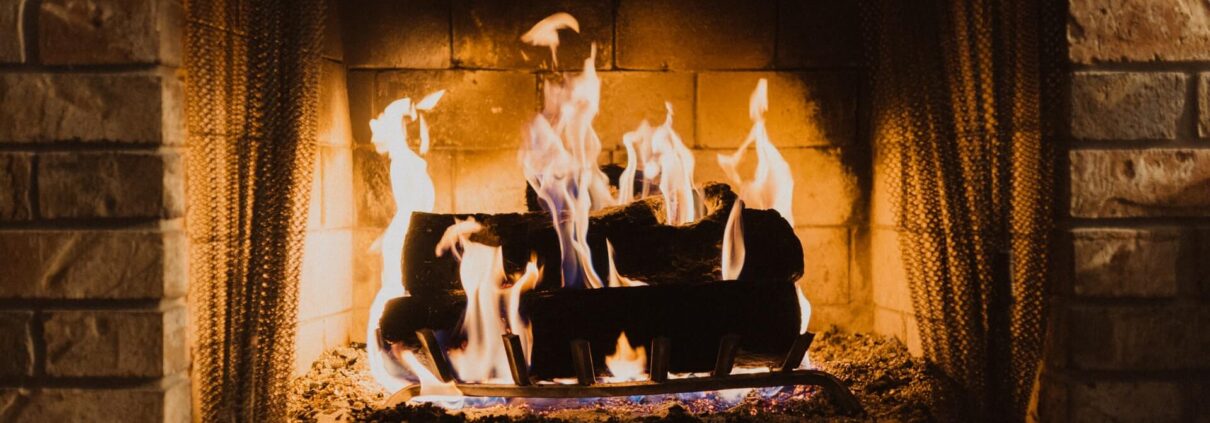


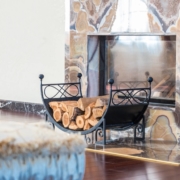

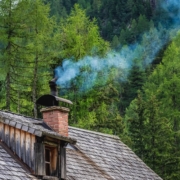
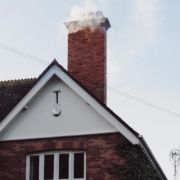
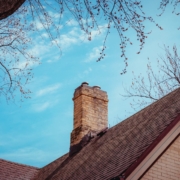
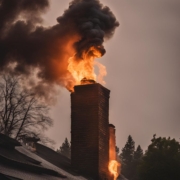


Leave a Reply
Want to join the discussion?Feel free to contribute!